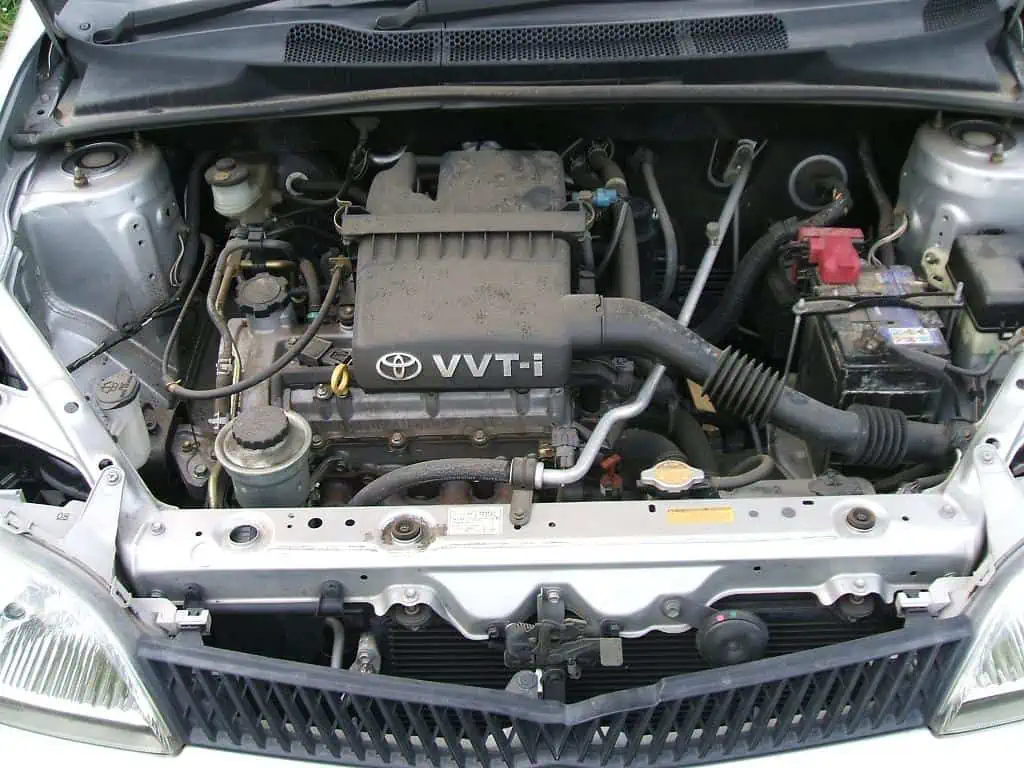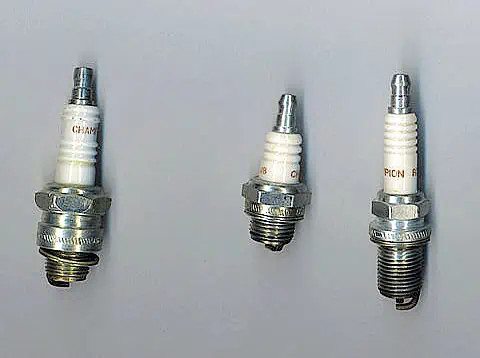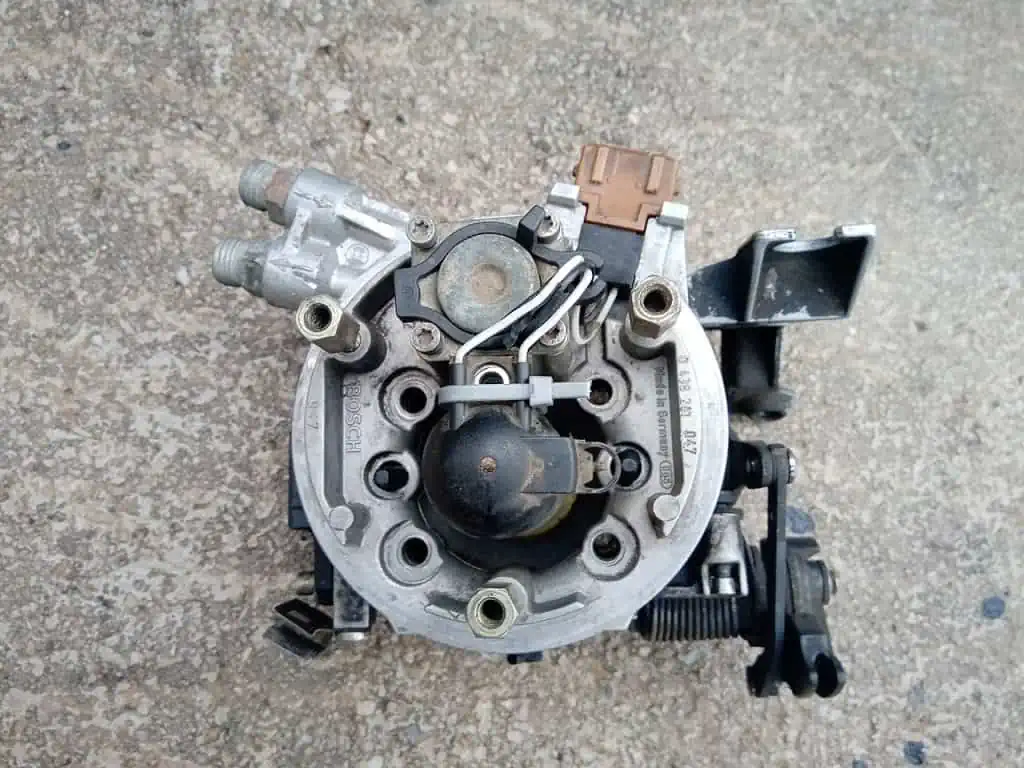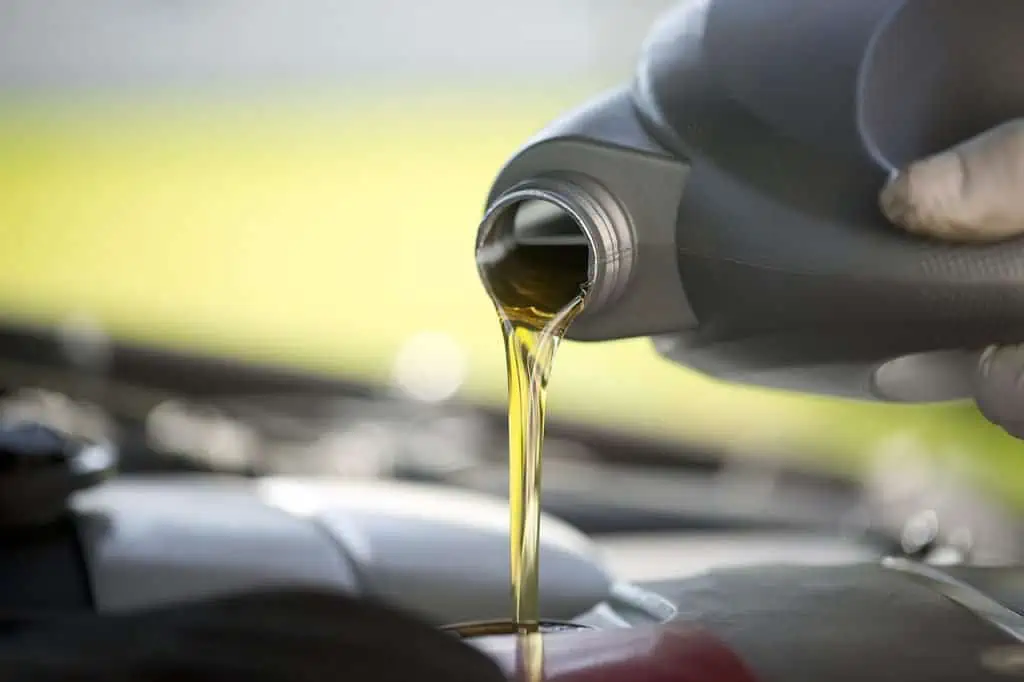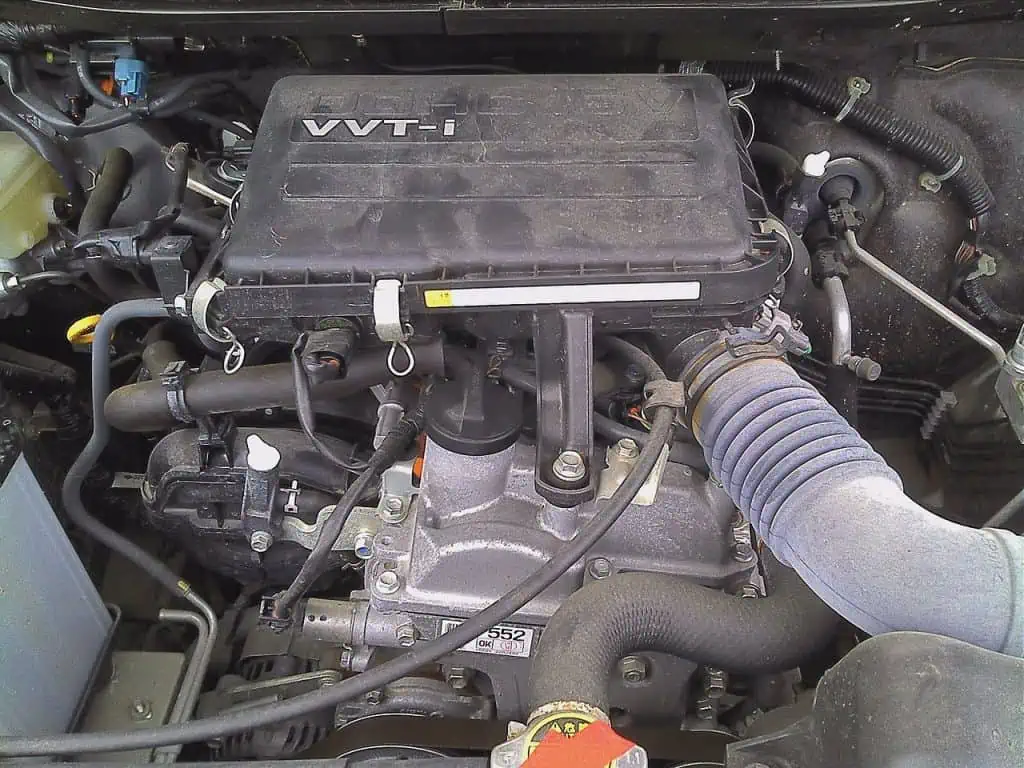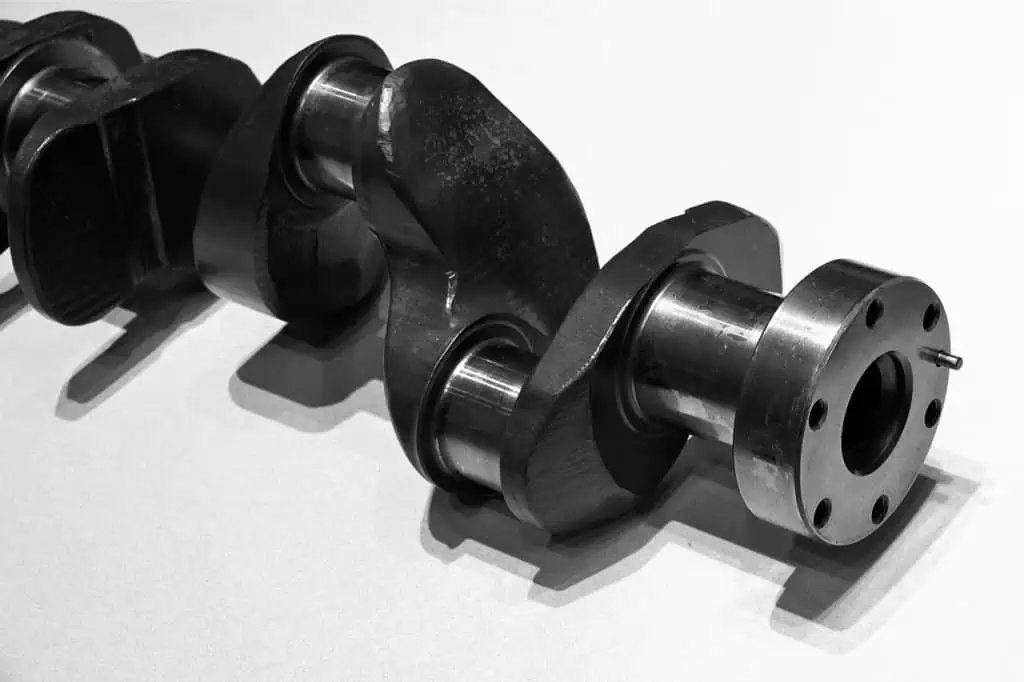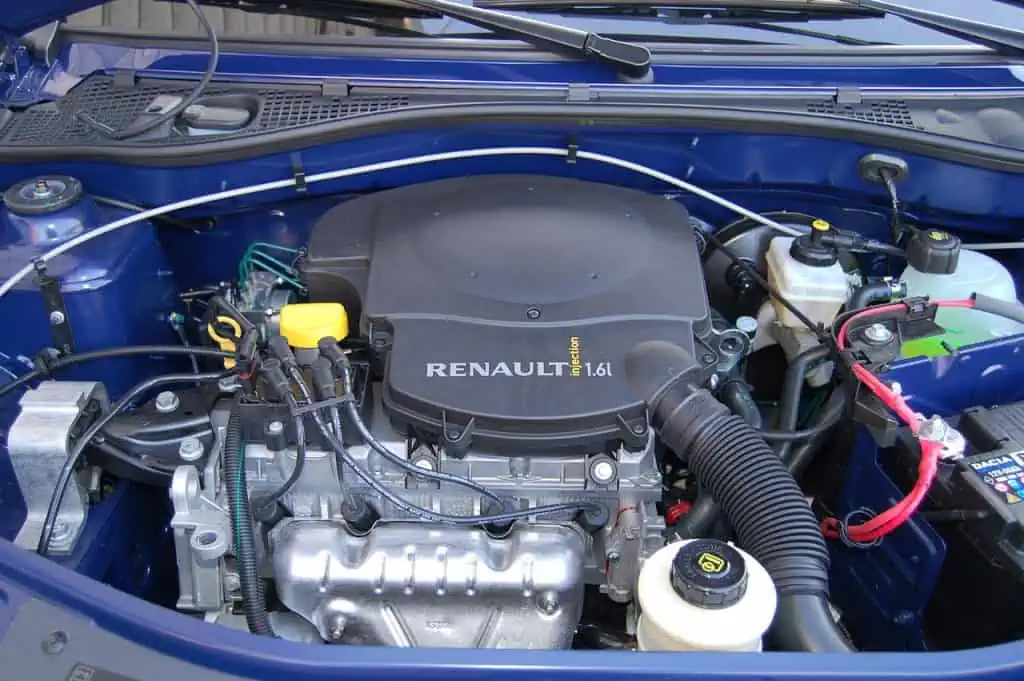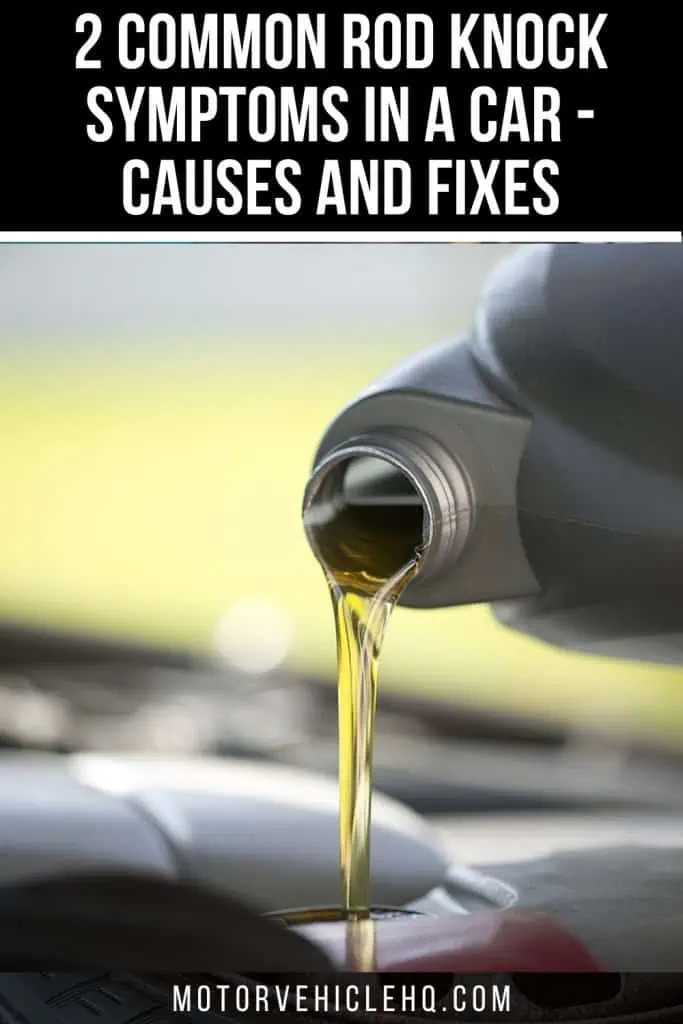The majority of people generally avoid experiencing engine issues and repairs. You would? Drivers tend to trade in or sell their cars when they start having engine problems because they believe it will be an expensive fix. Fortunately, many engine issues can be resolved more quickly than others.
The rod knock has to be among the most terrifying sounds any auto enthusiast has ever heard. An exceptionally loud banging sound coming from your engine is called a rod knock.
Any car owner may feel tremendously frightened by this loud banging sound. Although repairing a rod knock can be quite expensive, not all engine knocks are rod knocks.
One of the most dangerous circumstances your car could encounter is a rod knock. It is significant. When dealing with a situation like this, you should solve the issue as soon as you can to avoid dealing with other issues that could end up costing you thousands of dollars.
Until they experience it, rod knock is not a subject that many people are familiar with. It is advised that you familiarize yourself with a few aspects of your car so that you can respond appropriately whenever you encounter his issue.
This article will explain what a rod knock is, how to diagnose one, and how to remedy it. We’ll go into great depth on what you should know and how to avoid rod knocks. What is rod knock before we delve deeper into all of these?
A Rod Knock: What Is It?
A rod knock, to put it simply, is the sound that is made when one or more of your car’s rods “knock” on the crank when it rotates in a new direction.
You must grasp that three components are crucial to this topic to understand it further. The connecting rod, the crankshaft, and a bearing that joins these two components make up these three components.
A bearing serves as the link between the connecting rod and the crankshaft. The connecting rod bearing’s clearance should be very minimal (as small as 0.001 inches).
A typical car engine by Carolla / CC BY-SA 3.0. There are numerous potential sources for the knocking noise coming from the engine. The engine may be locking or the rods may be knocking. An engine lockup cannot be remedied, but a rod knock may. Detecting a rod knock is simple, especially if you’ve had one before.
That will keep everything apart and keep everything flowing smoothly and easily with only a thin layer of oil. Between the two surfaces, there is a barrier created by the oil film.
The distance between these two components grows as the bearing ages. The oil will cease to function properly as a barrier as a result. It is quite unlikely that this will occur. Although your car may be experiencing a rod knock due to a loss of oil pressure, filthy oil, or low oil level.
What Sound Does a Rod Knock Make?
The engine’s knocking noise might originate from a variety of places. Rods may be knocking or the entire engine may be locking. In contrast to engine lockup, a rod knock can be fixed. A rod knock can be easily detected, especially if you have previously experienced one.
It sounds like a loud bang coming from the engine, to put it simply. When you rev your engine and depress the throttle pedal, this noise is most audible. Usually, as soon as you let go of the gas, you can hear it.
A Spun Bearing: What Is It to a Rod Knock?
A spinning bearing has to be among the worst engine failures that can occur. High speeds are reached without any friction or melting between the crankshaft and the rods.
This is because they are separated by precisely sized bearings with a very thin oil layer lubricating both metals. For any car on the road, measuring the bearing and the oil space is crucial.
It can be quite harmful to your vehicle if the bearing stops rotating or operating when the oil coating runs dry. Given the rapid rotation of these pieces, damage may be both quick and extremely catastrophic.
A knocking sound (sometimes known as a “rod knock”) can be caused by the connecting rod slamming into the crankshaft and causing terrible harm.
A Rod Knock: What Causes It?
If you can, preventing rod knock from occurring in the first place is facilitated by being aware of its primary causes.
Regrettably, certain causes cannot be avoided. But there are some other factors that I figured you might be able to influence, so you can stop the rod knock from happening.
Let’s examine some of the typical reasons for Rod Knock in more detail:
1. Faulty Bearings
A faulty bearing is the typical and most frequent cause of rod knock. The link between the rod and the rest of your vehicle is lost when the bearing wears out. Rod will knock as a result of the rod’s continued slamming against the rest of your car, eventually.
As a result, you must keep up with the bearing’s maintenance to avoid the problem in the first place. So, for instance, you’ll need to keep an eye out for any signs that the beings are about to degrade before they do.
Automotive ignition spark plugs by Gzuckier / CC BY-SA 3.0. To prevent engine knock issues from ever occurring, you must periodically inspect and confirm your vehicle. Your car’s spark plugs are in good condition. The spark plugs need to be replaced before they start having problems to stay proactive about the situation and prevent further problems.
Additionally, find out how frequently you should repair the bearings and visit the shop by consulting the owner’s manual for your car. By doing so, you’ll be able to spot issues before they become serious and avoid more difficulties that can cause the rod to knock.
2. A Low Level of Octane
Your owner’s manual may specify using a specific type of fuel with a specified octane rating depending on the type of car you drive. He was at a lower octane level to save money, so you could easily cope with a rod knock if you changed your mind.
As a result, every driver needs to pay attention to the information listed in the owner’s handbook of their car and never make decisions without doing their research first.
Making a simple choice like switching to a lower-quality fuel type might have serious consequences. However, you don’t need to buy more expensive fuel if your handbook didn’t call for a high octane level.
There are some circumstances in which your mechanic may advise you to use a higher octane rating even though it is not stated in the owner’s handbook for your car. This occurs when the rod knock persists and to stop this knock from leading to other serious issues.
3. Timing Problems with the Ignition System
The combustion process in your car must typically run at a very exact period. You can simply solve numerous issues if there is a spark plug issue that prevents the spark from igniting the air-fuel mixture at the proper time.
Engine rod knock is one of the several issues connected to ignition timing issues.
You need to regularly check and confirm your car to avoid the problem in the first place. The spark plugs in your car are in good shape. To keep proactive about the issue and avoid extra troubles, the spark plugs need to be replaced before they start experiencing issues.
4. The Air-Fuel Mixture Issues
For the combustion process to take place correctly in your engine, a certain amount of fuel and air are required. Rod knock is only one of the issues you’ll encounter if any of these quantities are off.
You may do a variety of things to avoid the situation from occurring. For instance, you can consult the owner’s manual for your car to learn when to inspect the various parts that affect how much air and gasoline are getting into the cylinders.
Additionally, keep an eye out for any signs that your car is running rich or lean. If this occurs, you must identify the problem’s root cause quickly to avoid having your rods knocked before things become more problematic.
5. Defective Knock Sensor
If you’re lucky, the engine knock you’re experiencing could be caused by a problem with the knock sensor itself. Your car has a tiny sensor that is in charge of identifying any rod knock.
Like any other sensor, this one can malfunction over time. When this occurs, it may inform you even though your engine doesn’t have a knock that it does.
Therefore, you must have the mechanic look at the problem before you try to replace any important components or become anxious about the condition.
An automotive engine knock sensor by Milicevic01 / CC BY-SA 4.0. If you’re lucky, an issue with the knock sensor itself may be the source of the engine knock you’re experiencing. A little sensor in your car is responsible for detecting any rod knock. This sensor, like all others, is susceptible to failure over time. When this happens, you can be informed that your engine has a knock even when there isn’t a knock.
The mechanic will then be able to inform you whether the sensor is to blame. If you don’t, you’ll have to cope with the aforementioned repercussions, at which time you’ll have to choose whether to fix your car or sell it.
6. Faulty Tensions or Belt Pulleys
Finally, you could have to deal with Rod Knock because of a problem that is entirely unrelated to the conclusion. When there is a problem with the accessory pulley, this occurs.
These pulleys and tensioners are attached to the engine for a variety of reasons. You can easily deal with some rattling or any other form of Noise that might sound quite similar to the rod knock if these tensioners are not tight enough or are tighter than what is necessary.
As a result, you must speak with your mechanic to ensure that the noise you are hearing is a rod knock. If not, your mechanic might inform you once you arrive about something else.
Regardless of what caused the rod knock, you need to treat it carefully and keep a close eye on how your car is doing. Maintaining routine maintenance and reviewing the instructions in your owner’s manual are the easiest things to do.
Your mechanic can readily text early problem sizes that might not be apparent to you until they are highly complicated by carrying out routine maintenance.
Your technician will give you some tips and other cautions regarding key components that, if you exit early, might save you thousands of dollars.
Finally, keep in mind to heed the owner’s replacement part recommendations. Never try to cut costs on maintenance by selecting a lower-quality or less expensive component.
While doing this can at first seem like it will save you a lot of money, it can quickly result in serious mechanical issues that will require a lot of time and money to fix.
7. Large Operational Load
The persistent operation of an engine is the main cause of rod knock problems. Usually, after a certain period, an engine’s temperature rises while it is being overworked.
In addition, if the engine runs continuously at high RPMs for an extended period, it may develop some internal issues.
The crankshaft and connecting rod function with the aid of a bearing, as was previously stated in this article.
The high rotational speeds with the bearing could result in excessive wear and tear if your car is operating at high rpm for an extended period. This will cause the bearing to fail and cause the rod knock in your car.
8. No Enough Lubrication
A lack of oil in the bearing could be another cause or reason for your car’s issue. As previously stated, a bearing connects the connecting rod to the crankshaft.
The connecting rod bearing’s clearance must be as small as 0.001 inches. That will keep everything apart and keep everything flowing smoothly and easily with only a thin layer of oil. These two components are separated from one another by the oil film.
The lack of lubrication causes the parts to become constrained and impede their ability to move freely without incident. Friction increases as a result of a loss of lubrication. This accelerates the bearing’s wear and poor performance.
Pouring fresh motor oil into an engine by Aaberlanga / CC BY-SA 4.0. Another element that contributes to engine knocking is the quality of the engine oil utilized. If the oil is unclean or of poor quality, the internal engine components might not be adequately lubricated. As a result, the car’s components will experience more wear and tear. Your car may experience rod knocking if the oil is subpar or does not satisfy regulations.
9. Oil Pressure Loss
One of the main reasons your engine may knock is a loss of oil pressure. If you fill the engine with oil, you might be able to minimize the noise, but this is quite improbable.
When the oil level lowers to the point where you hear the engine knock, damage to the engine’s internal components has typically already taken place.
The thin film of oil is the only thing that keeps the crankshaft and connecting rod operating in unison. There may be issues with the car if that thin coating disappears.
These issues may also contribute to your automobile’s car-knocking issue. Because of this, maintenance should not be neglected and oil should be replaced frequently.
10. The Quality of the Engine Oil
The caliber of the engine oil used is another factor contributing to engine banging. The components inside the engine may not be properly lubricated if the oil is dirty or of poor quality.
The parts of the car will see greater wear and tear as a result. Rod knocking is an issue that your car may have if the oil is of poor quality or does not meet standards.
What are the Main Car Rod Knock Symptoms?
A rod knock is just a sequence of clanking and banging noises that emanate from the engine, to put it in layman’s words. When you crank your engine and let off the gas, you may quickly recognize this sound.
Since the engine is not burning any gas when you let go of the gas, the sound is audible immediately.
Anyone who has previously experienced rod knock will be able to identify the issue with their automobile with ease.
Here is a list of symptoms for those who are unfamiliar with the issue that may help you identify it and prevent further damage to your vehicle. The following is a list of rod knock symptoms.
1. A Knocking Sound
As the name implies, the main indication of rod knock is an internal engine knocking sound. When you start the automobile and allow it to idle, a loud bang can be heard.
When the engine is stressed to its maximum or the vehicle is carrying a heavy weight, these bangs become louder.
Anyone who hears this banging sound may immediately tell that there is a serious problem with the engine.
Since the banging noise is so loud, the owner can become alarmed. To fix this rod knock issue, the car must be taken as quickly as possible for repair.
2. Oil Pressure Is Low
Low oil pressure is another blatant sign of a rod knock issue. The first sign that a bearing has failed or is about to fail is a reduction in oil pressure. When you start your car, this becomes quite clear.
Your dash may also flash the low oil pressure signal, but it goes out as soon as you start moving. This is a blatant sign that your bearing has failed or is about to fail. This is a serious risk because it will exacerbate the rod-knocking issue.
An automotive engine needs oil by Yones / CC BY-SA 3.0. These engine knocks increase louder when the engine is under extreme stress or when the car is towing a high load. Anyone who hears this thumping sound may determine right away that the engine is malfunctioning.
Fixing Rod Knock: A Step-By-Step Procedure
An engine’s rod knock is a warning indicator that something is wrong. For any new automobile owner, the rod knock issue may be incredibly frustrating and nerve-racking.
Your car might have encountered this issue due to several circumstances. The various things you can try to fix rod knock or figure out its cause are listed below.
1. Complete the Routine Oil Change Service
Put a catch pan next to the drain plug by sliding it beneath your car. Obtain the wrench and large socket size. To drain the oil, find the draining plug on the crankcase and loosen it.
Completely drain the oil and reinstall the plug (also known as a sump bolt).
As specified by the manufacturer, tighten the sump bolt.
Grasp the oil filter and crank it clockwise to remove it using an oil filter wrench. Install a new filter, then torque it down to the appropriate levels. Replace the engine oil with fresh oil that has the same viscosity rating or is advised.
If you are unsure of how many quarts your engine needs, keep checking the oil as you add the fresh oil. An average four-cylinder engine uses about 4-5 quarts.
2. Uninstall the Car’s Oil Pans
You must remove the oil pan once you have completely drained the oil from your engine. The oil pan is often fastened to or affixed to the engine in automobiles. Check the oil pan for copper flakes or bits of the bearing after removing the oil pan from the car’s engine.
There is a very good possibility that your car’s bearing has broken if you detect any. Copper is frequently used to cover rod bearings. Therefore, if there are any copper flakes in your oil pan, your bearings have sustained significant damage.
3. Examine the Connecting Rods
Once the oil cover has been removed, you should also check the connecting rods. Your car’s banging noise may have its origins in a set of loose connecting rods.
If these rods do appear to be loose, you must carefully check them for any form of damage. To solve this issue, either fix the rods or replace them.
4. Examine the Bearings
Even though you have already checked all the connecting rods, it is still advisable to thoroughly inspect all the bearings. You must take these bearings out of the engine to check them.
You will need to take the rod covers off to do this. The bearings must be flawless and show no evidence of wear. Any bearing with even the slightest signs of wear should be replaced.
5. Examine the Crankshaft
You must inspect the connecting rods and the crankshaft’s condition while the rod caps are off. The crankshaft’s journals are the component that has to be examined.
In the rod bearing, this portion of the crankshaft revolves. The crankshaft must also be taken out and inspected if there are any indications that wear or damage has occurred.
An automotive engine crankshaft by Alex Kovach / CC BY 2.0. While the rod covers are removed, you must examine the condition of the connecting rods and the crankshaft. The part that has to be examined is the journals on the crankshaft. This section of the crankshaft rotates in the rod bearing. If there are any signs of wear or damage, the crankshaft must also be removed and inspected.
6. Fill Your Gas Tank with a Fuel Injection Cleaner
When you fill-up at the gas station, grime and dirt could find their way into your gas tank. The dirt and filth are carried by the fuel pump as it delivers gas to the engine, which makes the engine knock.
This sludge will be removed by cleaning the fuel injection system, which will also stop the rod knock. Do not use a fuel injection cleaner on older cars that have carburetors. Purchase a carburetor cleaner, then spray it inside the carburetor.
How Much Is the Cost of Rod Knock Symptoms Repair?
It is not simple to solve the rod knock issue. It entails disassembling the complete engine. The engine’s crankshaft and all of the connecting rods must be removed.
The only way to fix this issue is to remove the car’s engine. It calls for a specific set of equipment and a particular degree of knowledge.
The model and make of an automobile are factors in the price of rod knock repairs. Rod knock repairs often cost between $2,000 and $5,000. The degree of the engine’s damage determines how much the repairs will cost.
The crankshaft journal and connecting rods either need to be repaired or replaced, depending on the extent of the damage.
Even the smallest indication of bearing wear and tear is typically enough to recommend changing the bearings. The cost of a bearing, in addition to the work involved in disassembling the engine, is from $150 to $200.
Is Repairing Rod Knock Symptoms Worth It?
Rod knock is unfortunately one of the most dangerous circumstances that your car could encounter.
According to many automotive experts, fixing this issue might not even be worthwhile. For the most part, you’ll need to run your automobile on fresh fluids to avoid the rod knock, which can be bothersome.
Many motorists consider disregarding the rod knock and continuing to drive. That’s never a good idea, though, and just because we say it’s not worth fixing your Rod doesn’t mean you should disregard the issue.
Because of this, if you encounter such issues with your car, you should consider whether the moment is right to sell it.
It’s difficult to say that there are many individual customers out there awaiting your car because they might not be eager to purchase a vehicle with a rod knock.
As a result, you’ll have a very restricted number of options, which you’ll have to acknowledge and be honest about with yourself.
A car’s internal combustion engine by Huhu Uet / CC BY-SA 3.0. The main factor for rod knock issues is an engine running continuously. An engine’s temperature will often increase while it is being overworked after a given amount of time. Additionally, the engine may experience certain internal problems if it is consistently driven at high RPMs for a lengthy period.
Is It Safe to Drive a Car That Has Rod Knock Symptoms?
Anytime the rod knock is felt while driving, you can keep going. You’ll be shocked by how quickly serious disastrous repercussions arise after the rod knock, though.
Your bearings will soon fail if the rod knocks continuously, which will quickly result in the engine seizing.
So, if you decide to put off fixing the rod knock, think about what could go wrong as a result. Although repairing the rod knock will cost money, it won’t cost as much as buying a new engine.
Consequently, some additional experts advise making your choice as to whether you want to cure the issue or sell the vehicle rather than letting it worsen and lowering the total value of your car.
Remember that if you want to sell your automobile without a rod knock, you must be honest with the buyer and never withhold information or exploit others.
The buyer will recognize that there is a significant issue, so you should be upfront with the folks rather than endangering their life.
Conclusion
The rod knock is, as was previously stated, one of the most terrifying sounds known to any aficionado of automobiles. Rod knock is an overly loud slamming sound that originates inside the engine.
A rod knock is a noise made when one or more connecting rods in your car “knock” on the crank as it rotates in a new direction.
A bearing and a thin film of oil bind the connecting rods and crankshafts together. Any issue with these four components has the potential to produce rod knock in your engine. Rod knocks can be very bad, and they can harm your car’s engine.
Therefore, it is suggested that this issue be resolved as soon as feasible. Having a rod knock while driving can cause engine failure. Rod knock issues might be much less expensive to solve than engine failures.
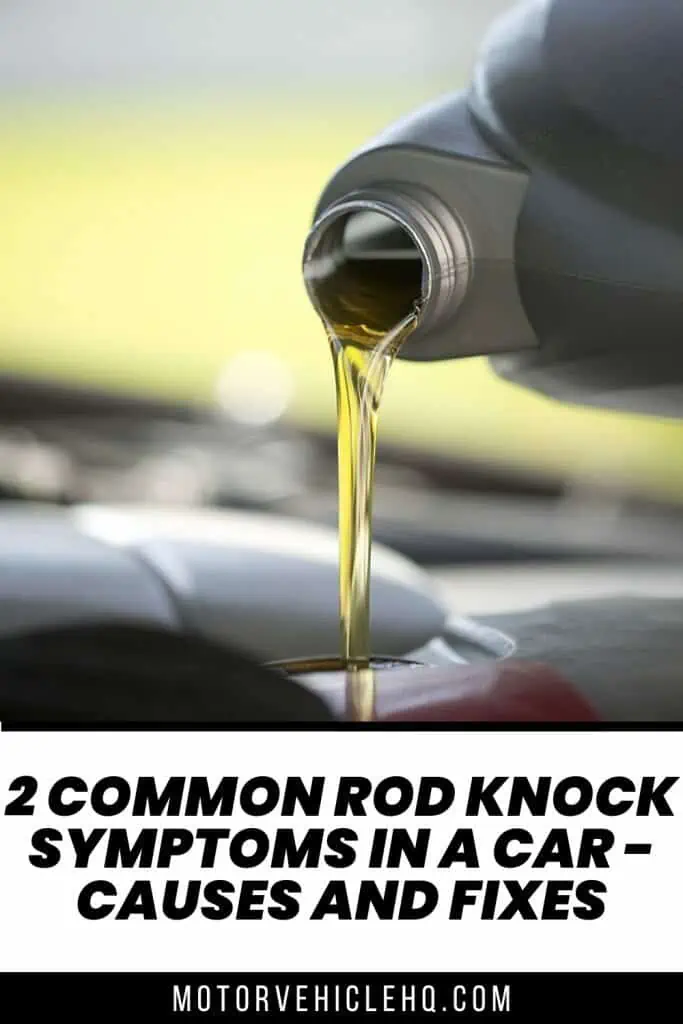
Pouring fresh motor oil into an engine for lubrication by Aaberlanga / CC BY-SA 4.0

Jim Wicks is the founder of MotorVehicleHQ. With over two decades of experience in the automotive industry and a degree in Automotive Technology, Jim is a certified car expert who has worked in various roles ranging from a mechanic, car dealership manager, to a racing car driver. He has owned more than 20 cars over the past 15 years. Ask him about any vehicle you see on the road and he can tell you the make, model and year. He loves the aesthetics of all things cars, and keeps his vehicles in pristine condition.
In his free time, Jim enjoys getting his hands dirty under the hood of a classic car or taking long drives along the country roads. His favorite car? A 1967 Shelby GT500, a true classic that, according to Jim, “represents the pure essence of American muscle.”
